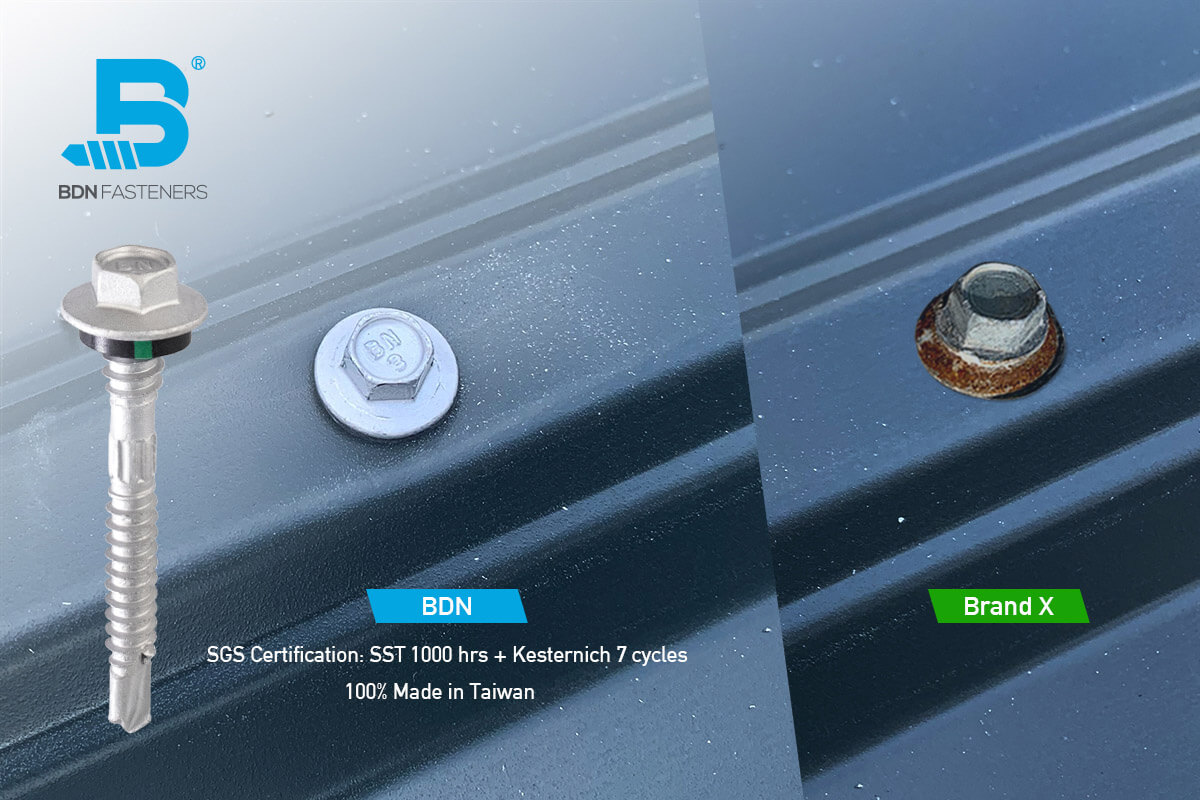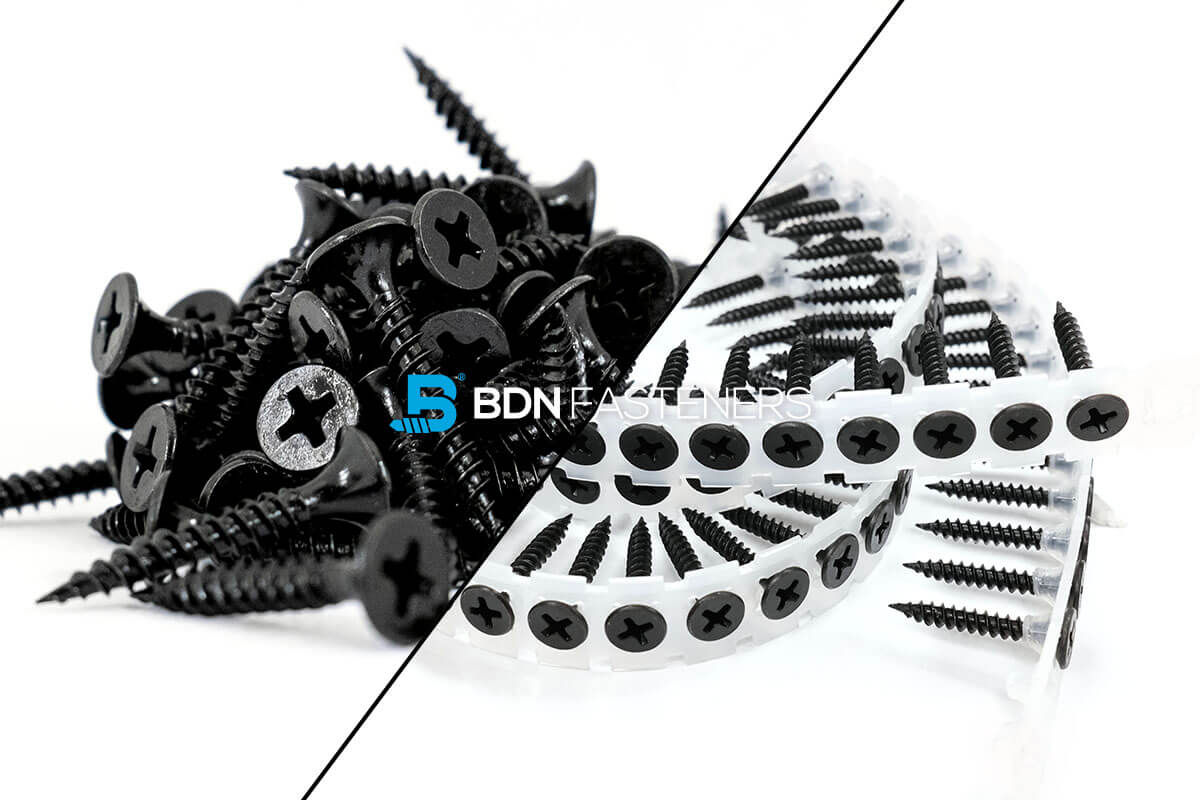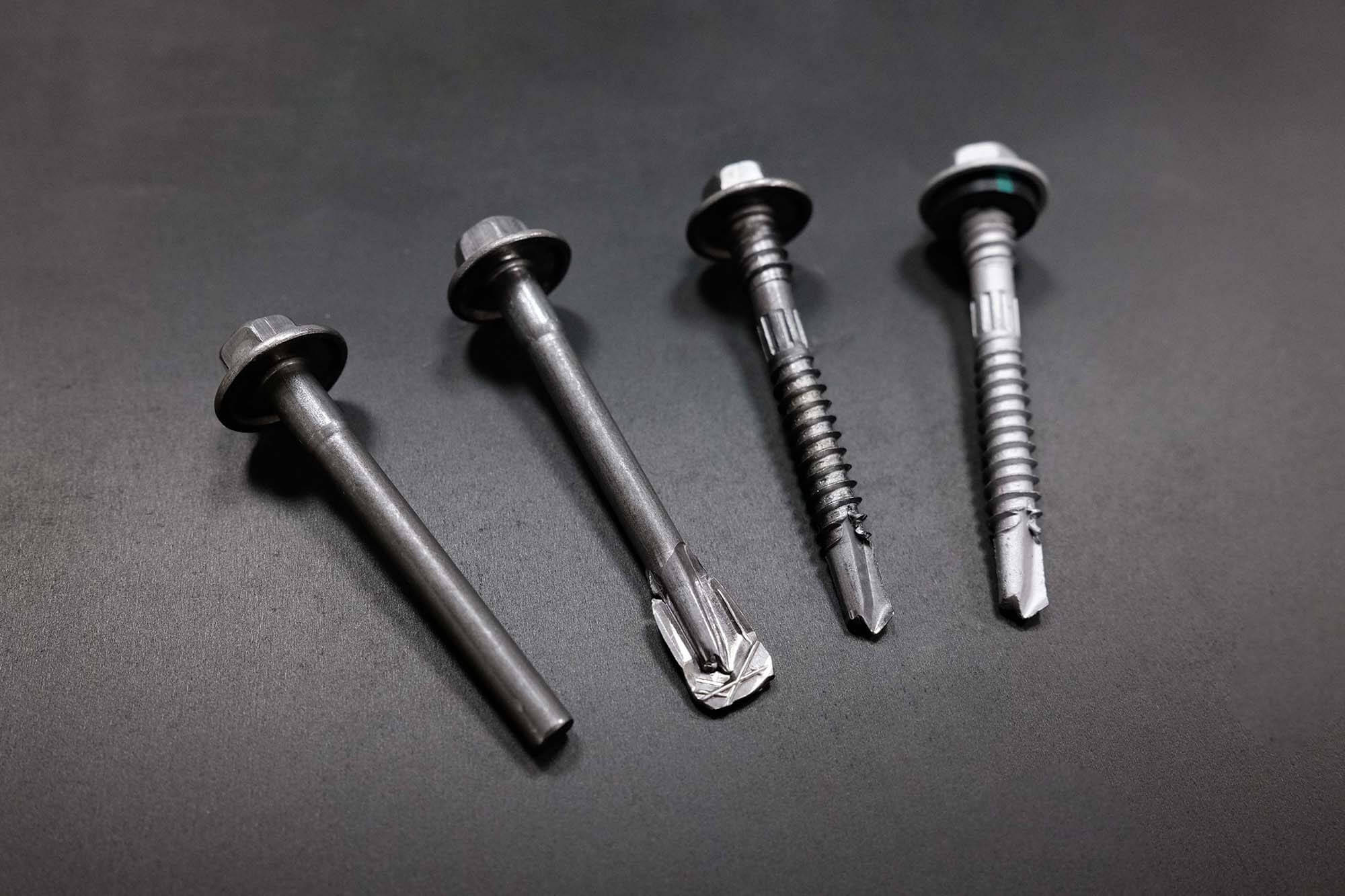How to Get A Rusted Screw Out? 9 Ways to Take It Out.
Today, we’re getting into a topic that is very related to our product category and application, but fortunately has seldom if ever, happened to BDN branded screws. Presumably, this could happen to existing screw fixings on substrates when switching over to BDN Fasteners, so we would still like to provide some insight and suggestions on how to get a rusted screw out.
Why Does Rust Make Screws Difficult to Remove from Iron?
How to get a rusted screw out? We all know that rust, which is an iron dioxide, is formed when iron reacts with water and oxygen. This reaction results in the creation of a flaky and friable reddish-brown surface. When iron rusts, the oxides tend to expand and take up more volume than its original form, and with the reddish-brown surface also acting as a binder, makes screws even more difficult to remove from its affixed substrate.
How to Get A Rusted Screw Out?
In this section, we present nine methods for removing rusted screws. In our experience, getting physical with the screws is usually the last method when all options are exhausted. The first 4 suggestions are non-invasive, items 6 to 8 can be viewed as more invasive, with suggestion number 9 usually left as a last resort, when all else fails.
-
Lubricating oil:
Apply a generous amount of penetrating oil or lubricating oil, such as WD-40, to the rusted screw. Allow it to soak for a few minutes or hours to help loosen the rust before attempting to remove the screws.
-
Heat:
Use a heat source, such as a hairdryer or a heat gun, to apply heat directly to the rusted screw. Heat causes the metal to expand, which can help break the rust’s grip. Be cautious not to overheat the surrounding area, especially if there are flammable materials nearby.
-
Vinegar:
Soak the rusted screw in vinegar for several hours or overnight. The acidity of the vinegar can help dissolve the rust, making it easier to remove the screw.
-
Baking soda paste:
Create a paste by mixing baking soda with a small amount of water. Apply the paste to the rusted screw and let it sit for a while. The baking soda can act as a mild abrasive and help loosen the rust when you attempt to remove the screw.
-
Impact driver:
An impact driver is a tool designed specifically to remove stuck screws. It provides powerful rotational force to help break the rust’s hold on the screw. Attach the impact driver to the screw and apply steady pressure while turning it counterclockwise.
-
Pliers or locking pliers:
If the screw’s head is still accessible, use pliers or locking pliers to grip the screw firmly and turn it counterclockwise. Ensure a tight grip to minimize the risk of stripping the screw head.
-
Screw extractor:
A screw extractor is a specialized tool designed to remove stripped or stuck screws. Drill a small hole into the center of the rusted screw, insert the screw extractor, and turn it counterclockwise. The extractor has reverse threads that bite into the screw, allowing you to remove it.
-
Hammer and screwdriver:
Using a hammer, tap the screwdriver gently in a counterclockwise direction to create additional friction while turning the screw. The shock from the hammer can help loosen the rust’s grip.
-
Cutting a groove:
How to get a rusted screws out if the screw’s head is stripped? You can use a rotary tool or a hacksaw to carefully cut a small groove into the screw head. This will allow you to insert a flathead screwdriver and apply torque to remove the screw.
How to Get A Rusted Screw Out if All 9 Methods Have Failed?
Hope these suggestions will help you in getting a rusted screw out. Remember, there is always one final method: Seek professional help. If none of the above methods work or if you are concerned about causing damage, it may be best to consult a professional, such as a locksmith or a handyman. They will have the necessary expertise and tools to handle the situation safely.



